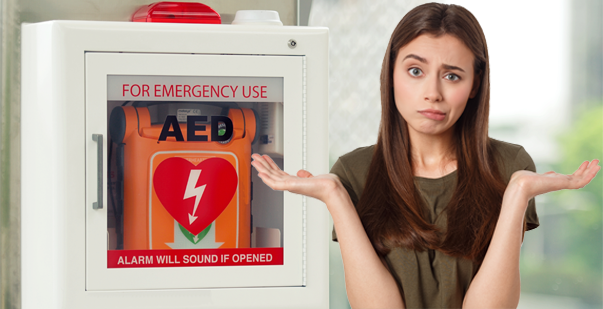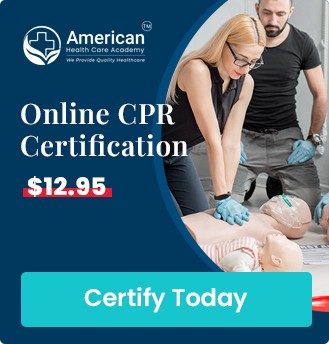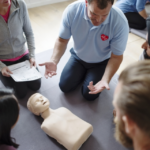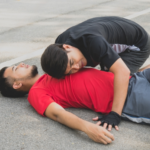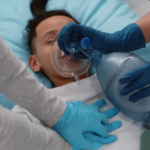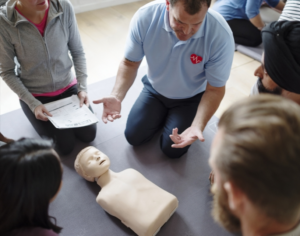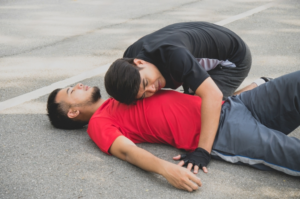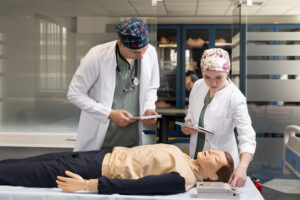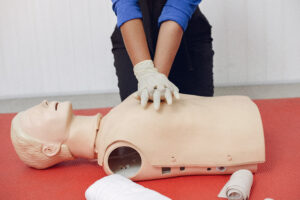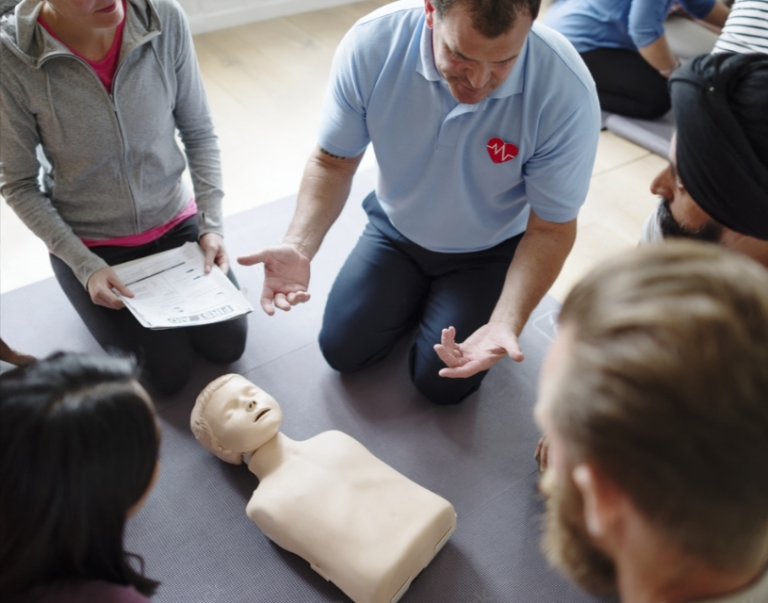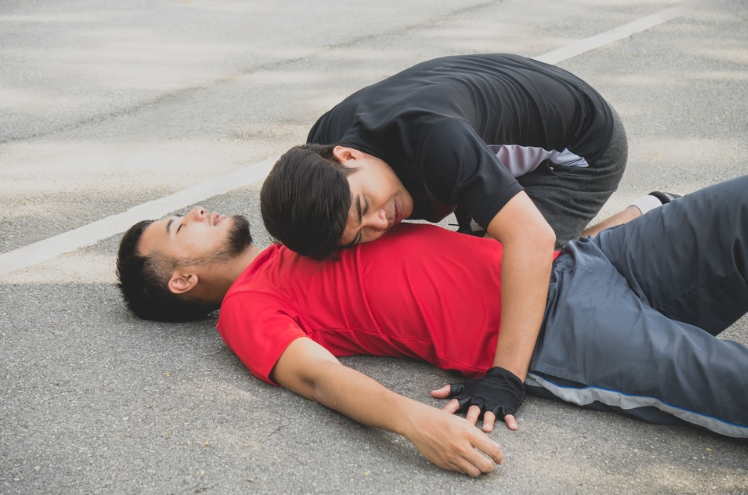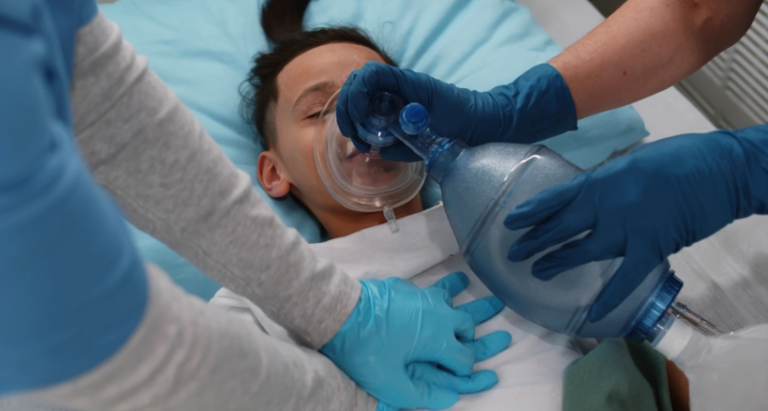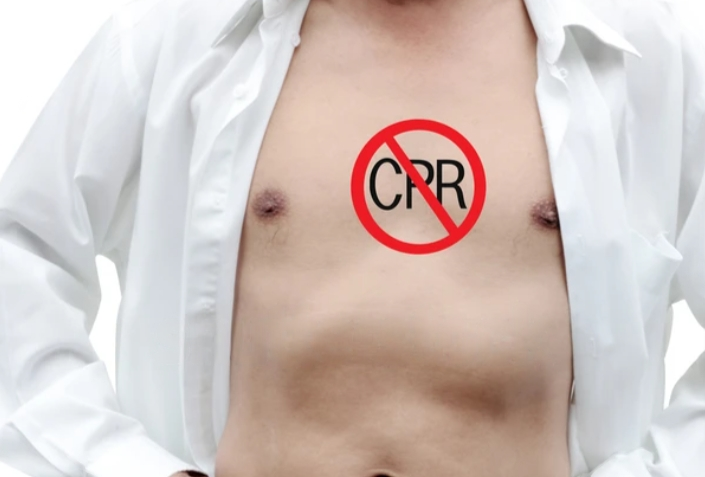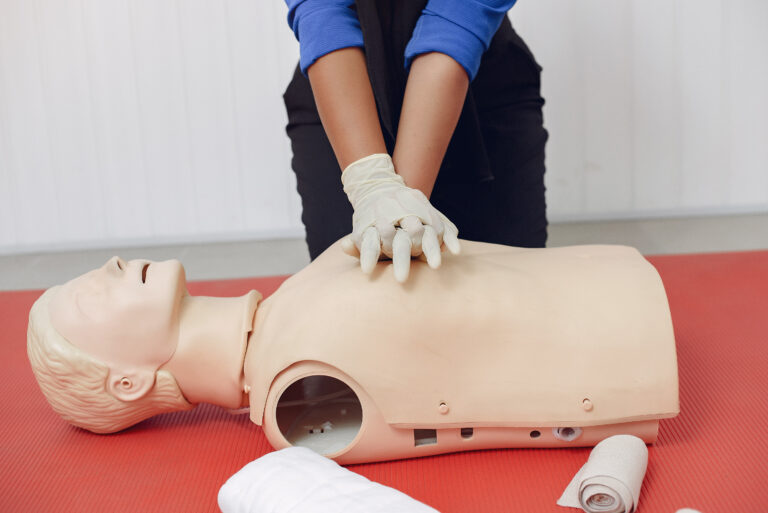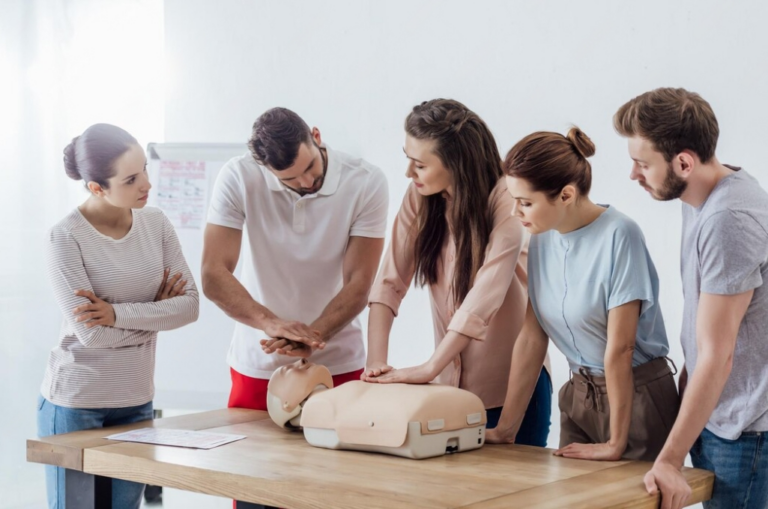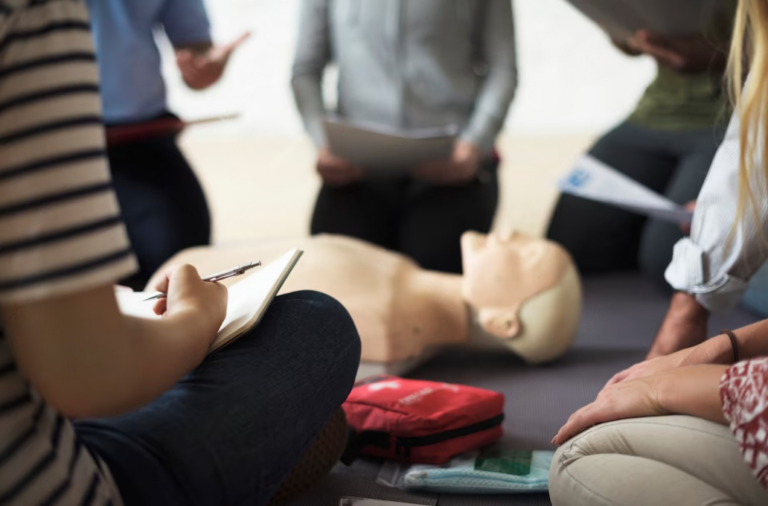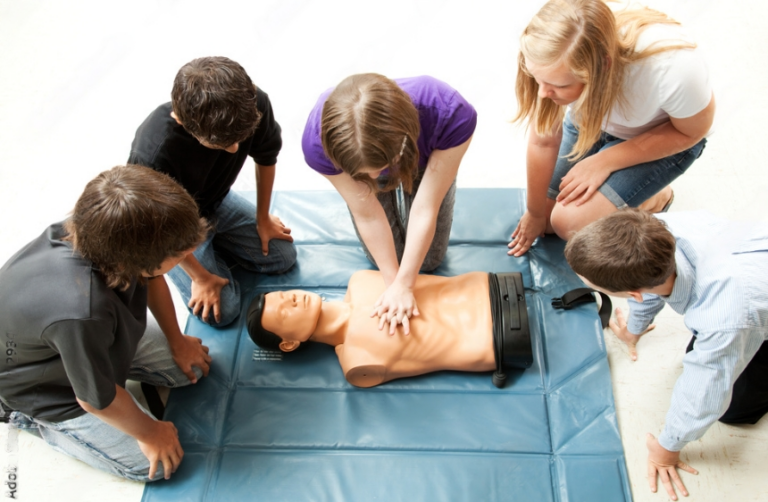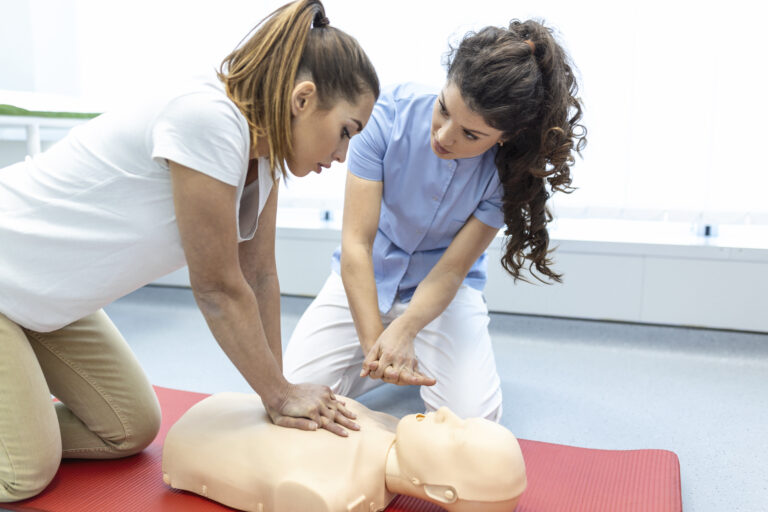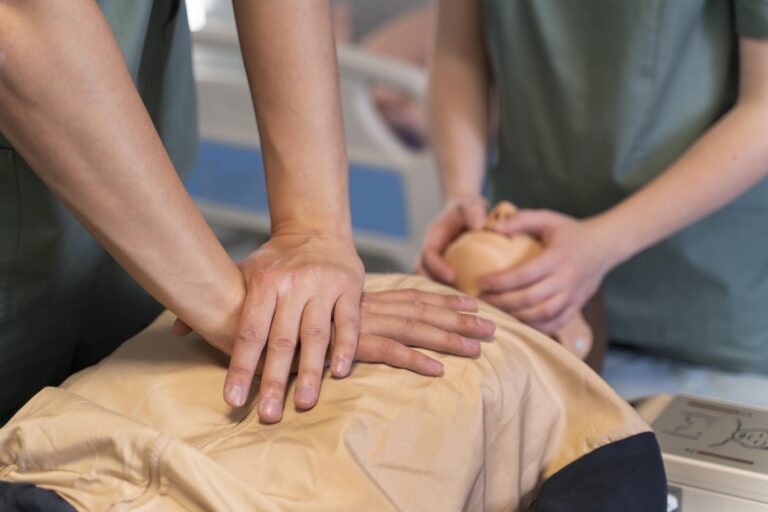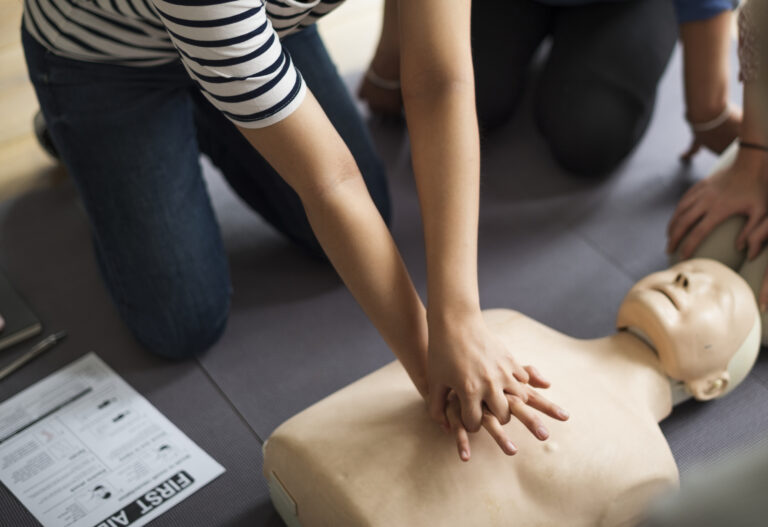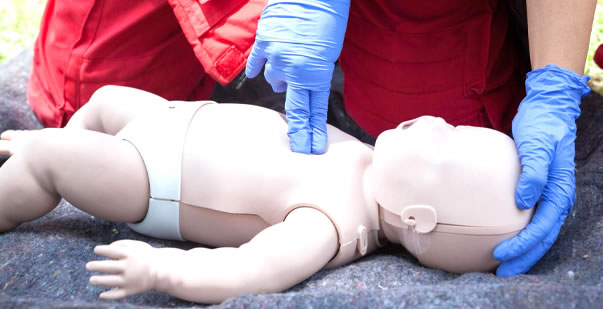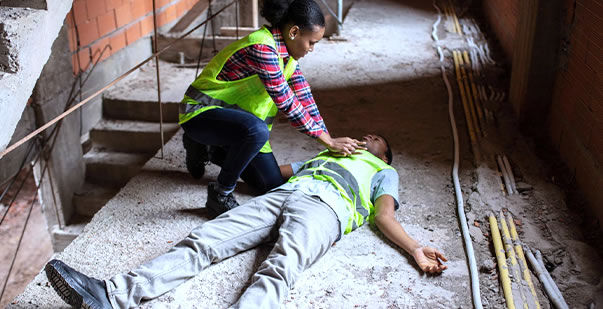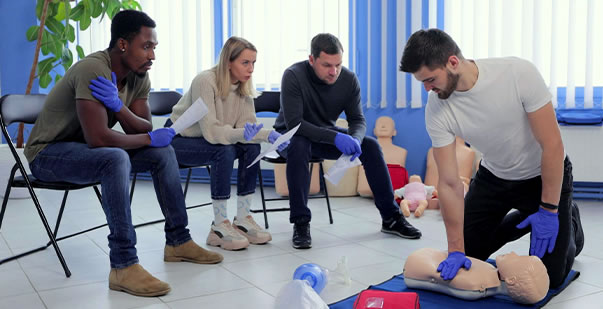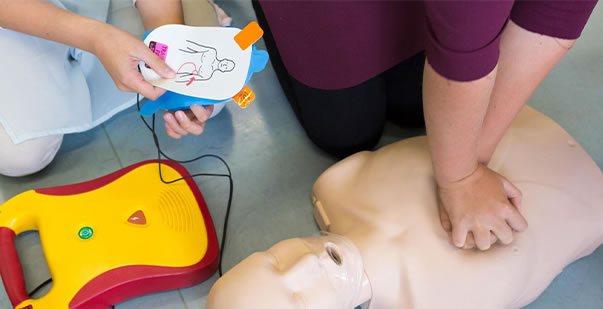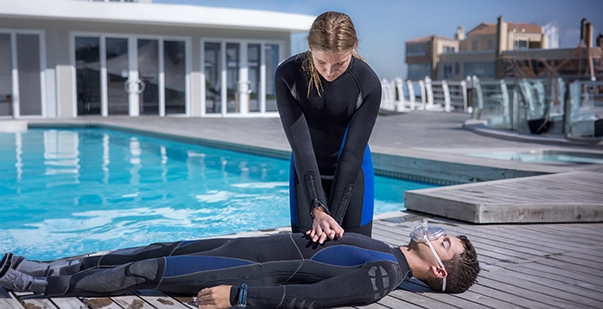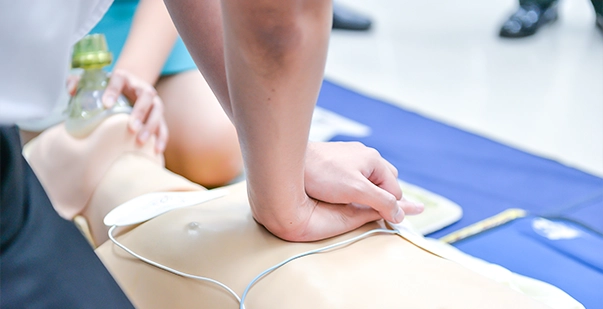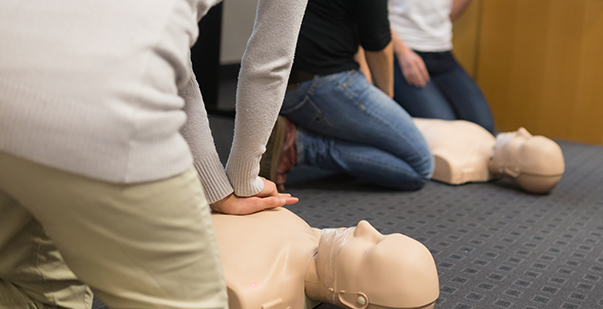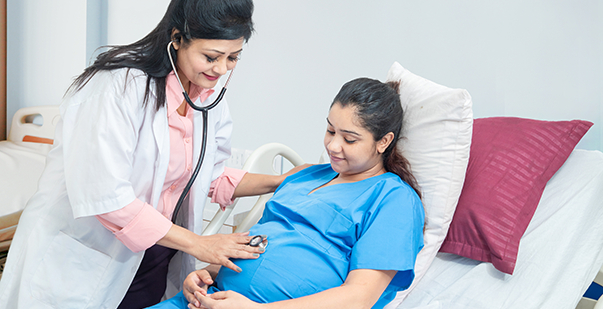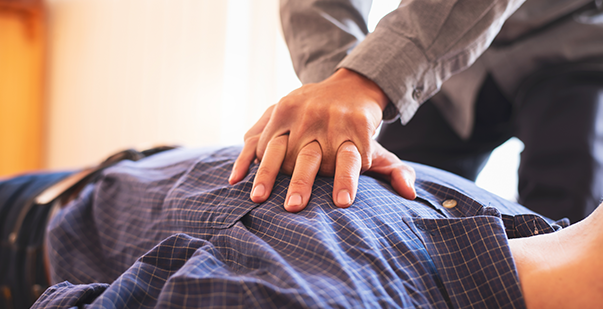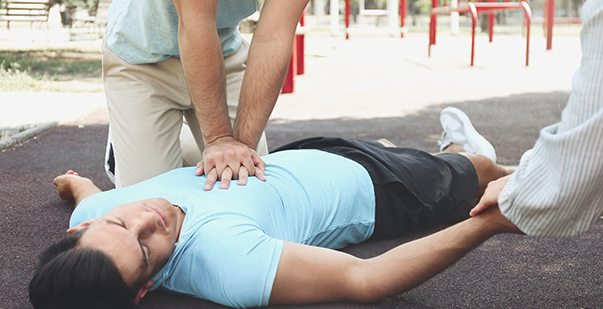Automated External Defibrillators (AEDs) are life-saving devices that can be used to treat sudden cardiac arrest. Sudden cardiac arrest is a serious condition that occurs when the heart stops beating suddenly and unexpectedly. Every year, thousands of people die from sudden cardiac arrest, but many of these deaths could be prevented if an AED is used promptly.
AEDs are easy to use and can be found in many public places, making it possible for bystanders to use them in an emergency. In this article, we will discuss the common misconceptions people have about AEDs and some AED facts. American HealthCare Academy offers the most flexible and affordable online training and certification course for working and non-working individuals.
Myth #1 – AEDs are difficult to use
Some people think that AEDs are difficult to use, but that’s not true. AEDs are designed to be very easy to use, even if you don’t have any special training. When you turn on the machine, it will give you simple instructions to follow step by step. It’s so easy, anyone can do it!
Myth #2 – I will get in trouble if something goes wrong
Some people worry that they will get in trouble if they try to use an AED to help someone in an emergency. But that’s not true! Laws called “Good Samaritan laws” are in place to protect people who try to help others in emergencies. These laws encourage people to take action and help save lives without worrying about being sued. Plus, most places in the United States require certain safety measures to be in place when using an AED, so it’s safe to use and can help save lives.
Myth #3 – Using an AED will slow down emergency services
Some people think that if you have an AED, it will slow down emergency services. But that’s not true! When you call for emergency help, the AED can actually give the operator more information to help them help you. They can talk to you on the phone while you wait for help to arrive and tell you where the AED is located. They might even be able to send someone nearby to help you until the ambulance gets there. Using an AED can help stabilize someone’s condition until help arrives.
Myth #4 – An AED will shock someone by accident
All modern AEDs have safety features built-in to prevent accidental shocks. The machine checks the person’s heart and will only give a shock if they need it, based on specific rhythms that show their heart is in distress. This means that you can’t accidentally shock someone who doesn’t need it, like you might see in a movie. The AED is very smart and will only do what’s needed to help save someone’s life.
Myth #5 – AEDs are expensive
Some people believe that AEDs are expensive and only used in very rare situations. But that’s not true! Sudden cardiac arrest is actually more common than we think, with over 320,000 cases happening each year outside of hospitals. Having an AED can help save someone’s life in a situation where every second counts. And AEDs are actually very affordable. Over 10 years, it only costs about $130-$300 per year to own one. As technology improves, the costs continue to decrease.
So, don’t let these myths stop you from getting an AED to keep your employees safe!
What are 5 AED precautions?
- Do not touch the victim while using the AED to defibrillate them.
- Do not use alcohol to dry the victim’s chest before using the AED.
- Do not use the AED in a vehicle that is moving.
- Do not use the AED on someone who is in contact with water.
- Do not use the AED on someone who is lying on a conductive surface.
When should AED not be used?
An AED should not be used in the following situations:
- If the person is breathing normally and has a pulse.
- If the person is a child under the age of 1 year old.
- If the person has a pacemaker or defibrillator implant, unless instructed otherwise by a medical professional.
- If the person is in contact with water or lying on a conductive surface.
- If the AED is not working properly or is expired.
- If the chest area is wet or the person is covered in sweat, this can interfere with the AEDs sensors.
- If the person is in a moving vehicle, this can be dangerous.
Conclusion
AEDs are an important tool for saving lives in the event of sudden cardiac arrest. They are easy to use and can be found in many public places, including schools, airports, and shopping centers. The more people that are trained to use AEDs, the more lives can be saved. By understanding the importance of AEDs and knowing how to use them, we can all work together to make our communities safer and more prepared for emergencies. Find the best First Aid training providers in your area on CPR Care Near Me and enroll today.

